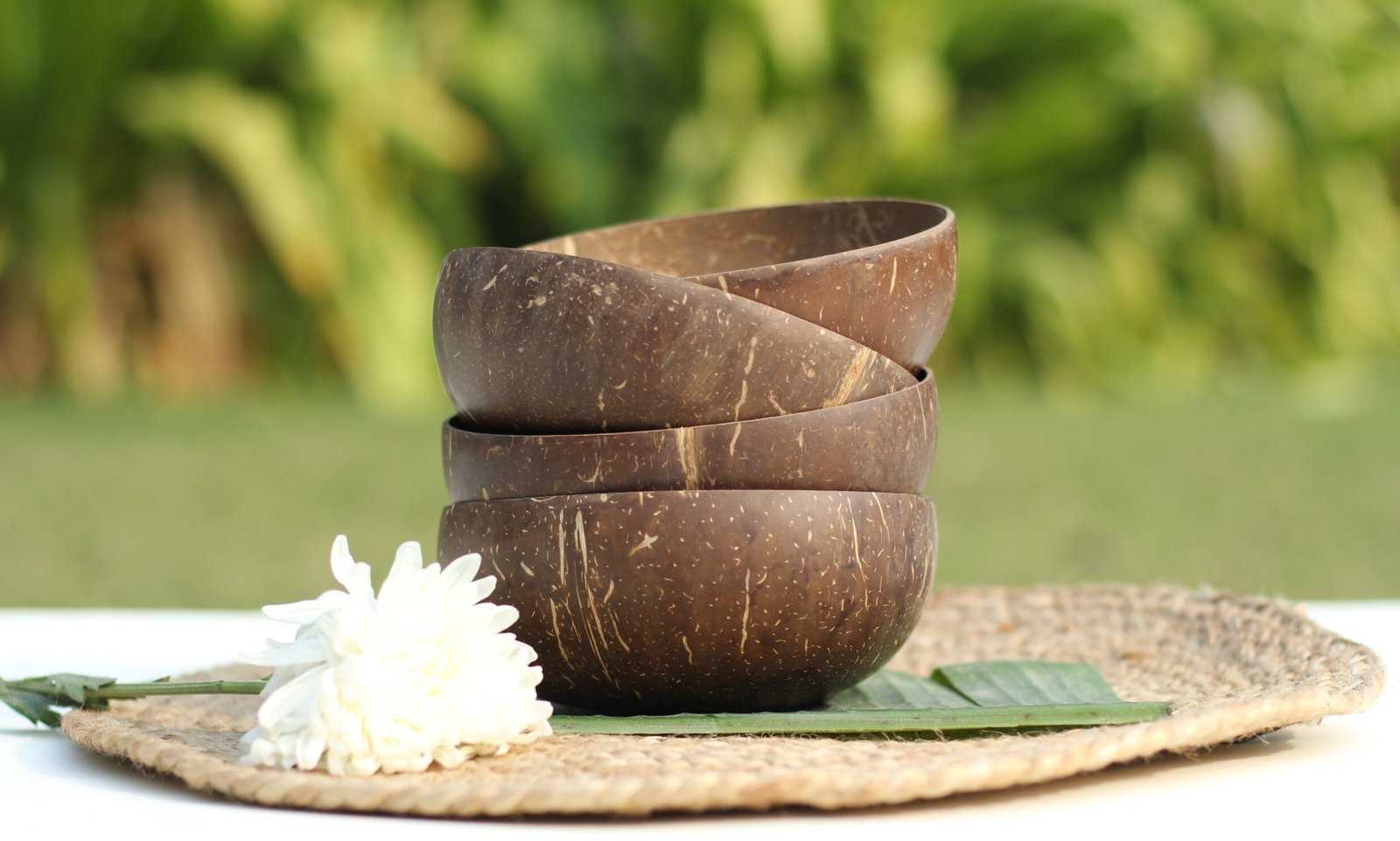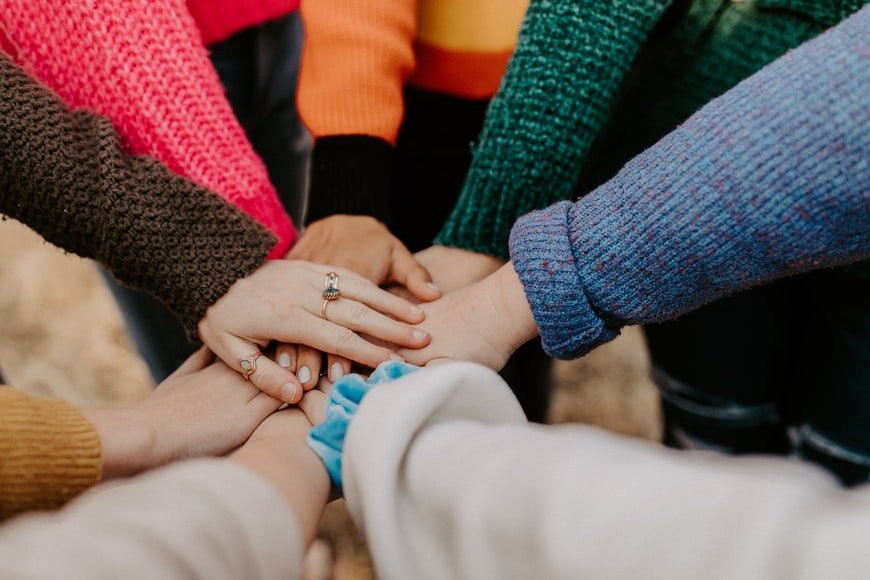Lifestyle, People, Sustainability
Self Help Groups
Why should we buy products made by women’s self-help groups? How does it help the women and their families?
How has the formation of a Self Help Group empowered women?
India’s earliest self-help groups began in 1972 with the Self Employed Women’s Association in Ahmedabad working with poor, self-employed women in the informal sector. The group tried to help these women get employment, earnings, and food security. luxlifemiamiblog.com
These are voluntary groups of 15 to 25 women who conduct weekly meetings to save money, start new ventures, and create a change for themselves, their families, and communities. These groups are made so that they can overcome hurdles and achieve social change. It can result in individual and/or collective empowerment.
SHGs are involved in livelihood projects that help generate income like, candle, umbrella, toy, soap, snack and curry powder making, tea shops, flower, fish, sari and milk selling, pig and poultry farming, tailoring and cattle rearing. Besides, they are also invested in social programs, such as awareness about HIV and AIDS, education programs, family welfare and planning, rainwater harvesting, water and sanitation, environmental issues, and healthcare education. SHGs help women increase their family’s economic security; build on their capabilities; and create a supportive public and private space.
Stories:
Sushila Devi:
She is a mother of four in a rural district of Bihar India, has no proper assets, and depends mainly on casual labor for income.
Recently with the help of the Self-Help Group in her village, she was able to take out a bank loan of INR 12,000 which she used to build a toilet in her home.
It was the Self-Help Group in her village that convinced Sushila of the need for sanitation for her children’s health and nutrition.
Hemlata Devi:
She borrowed 25,000 rupees from Jai Ambe Swayam Sahayata Samooh which is a self-help group in Jayra village in Udaipur, a southern district in arid Rajasthan.
They used the money to install a motor to pump water to their farm. It has increased her farm’s productivity, allowing her to repay the loan with an interest rate of 2%.
Chanda:
When SHGs were launched in the 1990’s Chanda and Shantabai were the first to benefit from it with a group loan of Rs 2.5 lakh which a bank extended under the Integrated Rural Development Programme (IRDP).
Chanda built a successful business of tailoring from that. She tried her hand at a seasonal venture later on and was able to take a loan again to make it successful.
Since the village had frequent power cuts, she obtained an old diesel engine to power the mill. With her husband’s knowledge of electric instruments, she soon made the entire place free of any technological problems.
The good part about an SHG is that it seeks to build and strengthen sustainable livelihood security of the rural people in villages through ventures in the development of land and water resources, microfinance, agriculture, livestock development, and microenterprises.



